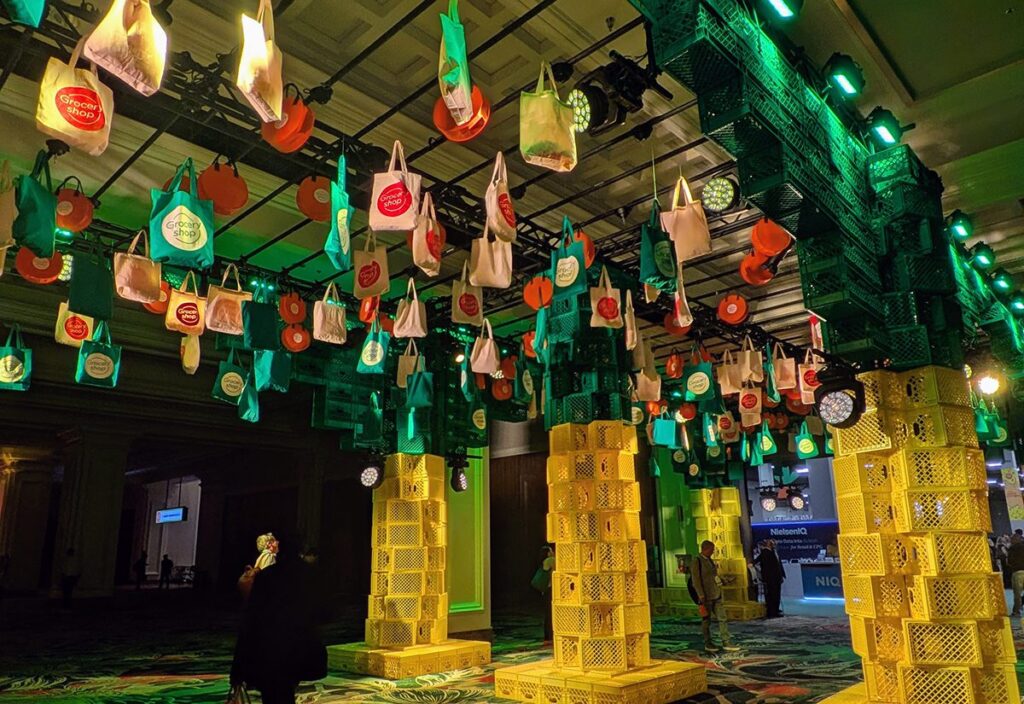
An integrated campaign is helping Freddie Mac educate lenders about the next generation of multigenerational and multiethnic homebuyers.
The Borrower of the Future campaign gives mortgage originators a better picture about the evolving needs of future homeowners, says Riham El-Lakany, CMO of Freddie Mac’s single family business.
“We want the entire industry to become part of this conversation,” says El-Lakany. “Today, multigenerational living situations are part of certain cultures, Most loan applications assume a husband and wife, but what about a grandmother or an aunt? Should we allow for that on an application? The industry—and society—needs to think about that and what this means for generations to come.”
A dedicated microsite targeting loan officers offers research and background on the new breed of homeowner. Video content featuring New York University professor and gig economy expert Arun Sundrajajan highlights the challenges younger Americans face as they look to purchase their first house. Content also explores topics such as the rate of homeownership by Hispanics, and changes taking place in this demographic group.
You May Also Enjoy:
- State Street and Formlabs Explore the Human Side of B2B Content
- Building Engines Leverages Original Research for Thought Leadership
- Q&A: Heineken Taps Into Experiences to Create Relevant Marketing
The company worked with VShift on campaign strategy and creative for ads, collateral and signage, and Finsbury for PR on the initiative. Freddie Mac also worked with Dow Jones to create and distribute paid partner content, such as a custom article on the challenges of homeownership for the emerging demographics targeted by the program.
Traffic was driven to the site in a number of ways, such as paid advertising, URL mentions in executive speeches and sales-generated WOM. Targeted data sets helped inform search and social media keyword selection, and helped provide insights about how to best reach targeted audiences. On social media, LinkedIn was most important platform for in-depth content consumption, while Twitter was crucial for creating the initial buzz to launch the campaign. Content engagement for Borrower of the Future on LinkedIn was four times higher than our previous product-related content, El-Lakany notes.
ROI is measured across several KPIs, including brand sentiment and likelihood to do business; engagement with content; and direct impact, such as attributable leads and awareness of the campaign and customer satisfaction. In the next phase of the campaign, more thought leadership content to connect with lenders is planned, on mortgage and housing topics such demographics, technology and macroeconomics.
“We’ll also have a broader approach to distribution, including more audience segments and channels, with testing and learning for engagement/effectiveness,” she says.
Freddie Mac’s primary audience is lenders but the company communicates with consumers as well to help educate and prepare them for homeownership.
“When loan officers make underwriting decisions, we want them to know our guidelines and direct loans to us,” says El-Lakany. “For buyers, we’re helping them with financial literacy.
The challenges in reaching lending professionals stem from the current financial environment, which is one of purchases, rather than refinancing. “Margins are compressing—they want faster, easier solutions. It’s a crowded space and we need to be quick and clear with our messages and differentiate our brand from competitors,” she says. “If you ask most people [outside the industry] the difference between Fannie Mae and Freddie Mac, they don’t know. People who have been in the business for a long time know, but newer loan officers might not.”
Understanding what makes their target audience tick is crucial, El-Lakany adds. “Loan officers at a larger lender are motivated by different things than those at small lenders. And those at the start of their career may have different motivations than those who are more advanced.”



